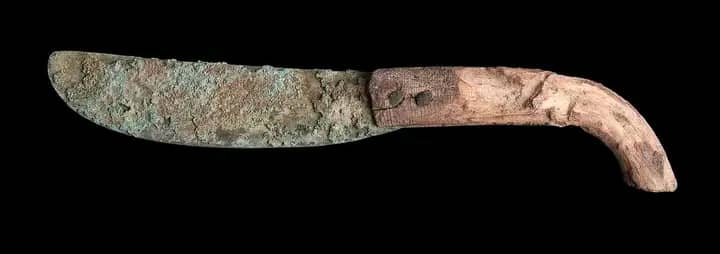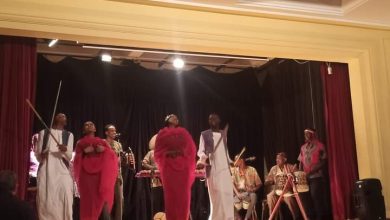Kerma, Golden Age of the Kingdom

Sudan Events
A knife with a wooden handle dating back to the Kingdom of Kerma, the Kingdom of Kerma, the Classical period, around 1700-1550 BC.
It was found in Kerma in 1916 and is on display in the Boston Museum.
It is worth noting that the city of Karma contained two bakeries, one. One is designated for the temple and the second is designated for the public
The Kerma culture or Kerma kingdom was an early civilization centered in Kerma, Sudan. It flourished from around 2500 BC to 1500 BC in ancient Nubia.
The Kerma culture was based in the southern part of Nubia, or “Upper Nubia” (in parts of present-day northern and central Sudan), and later extended its reach northward into Lower Nubia and the border of Egypt.
The polity seems to have been one of a number of Nile Valley states during the Middle Kingdom of Egypt.
In the Kingdom of Kerma’s latest phase, lasting from about 1700 to 1500 BC, it absorbed the Sudanese kingdom of Sai and became a sizable, populous empire rivaling Egypt. Around 1500 BC, it was absorbed into the New Kingdom of Egypt, but rebellions continued for centuries.
By the eleventh century BC, the more-Egyptianized Kingdom of Kush emerged, possibly from Kerma, and regained the region’s independence from Egypt.



